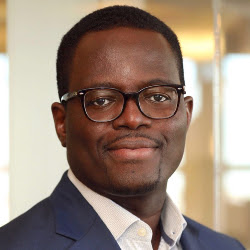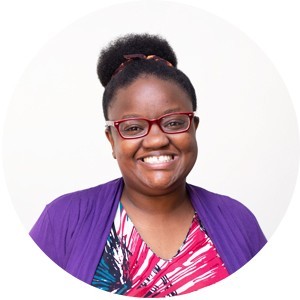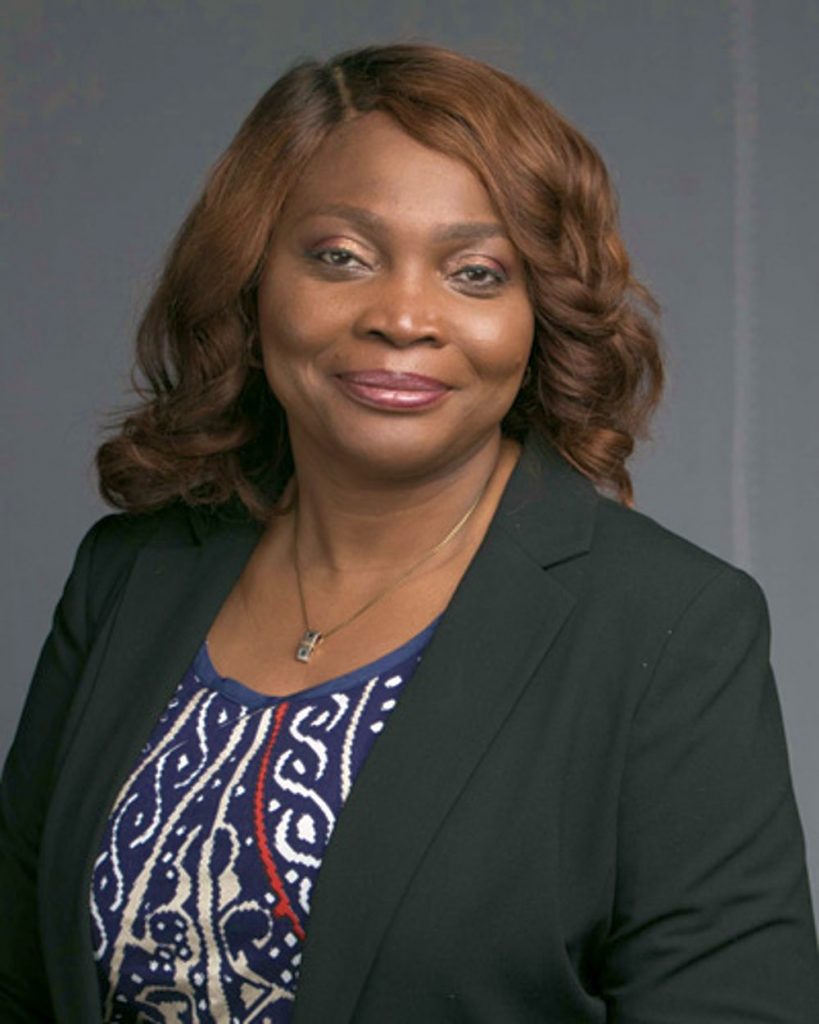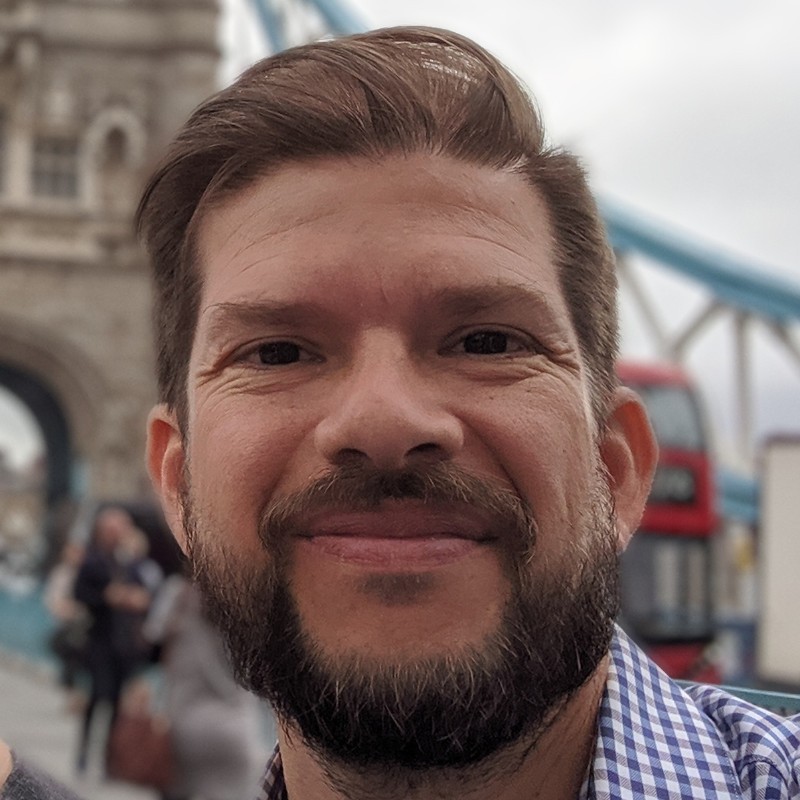The Movement’s second Sector Dialogue, Localizing Livelihoods: Expanding Opportunities in Communities, took place on September 16th.
Watch the recording here:

Our moderator for this event was Dr. Laté Lawson-Lartego (DBA) Interim Co-Vice President, Global Program at Oxfam America.
Panelists



Facilitators


Localizing Livelihoods: Expanding Opportunities in Communities
On September 16, 2021, the Movement for Community-led Development organized a special call on Localizing Livelihoods, the second call in its series of Sector Dialogues on the role of community-led development (CLD). The first Dialogue on WASH took place on August 19.
Almost 1.3 billion people around the world live on less than one dollar a day, and global unemployment threatens to exceed 200 million people by the end of 2022. Estimates suggest that 1.6 billion informal workers risk losing their livelihoods as a result of the pandemic. These problems have arisen due to systemic barriers that threaten communities around the world. If we wish to remove these barriers, we must support communities and provide them with the means to actively develop themselves.
The event began with a panel discussion with Stephen Commins, Associate Director of Global Public Affairs at UCLA; Silvya Kananu, Project Lead for USAID Youth Excel Project at IREX; and Adesuwa Ifedi, Senior Vice President of Africa Programs at Heifer International. It was moderated by Dr. Laté Lawson-Lartego, Interim Co-Vice President of Global Programs at Oxfam
Challenges to Community-Led Development in Livelihoods
While many understand the importance of CLD in the context of livelihoods, Stephen Commins noted that CLD policies often overlook three key areas of concern: inclusivity, urban poverty, and climate change.
While community-led development should include all relevant stakeholders, many policies are designed with a particularly narrow conception of community, without any understanding of disabilities, race, ethnicity, or linguistic differences. “Around the world, including in the United States, people with disabilities are often the poorest and most excluded,” said Commins. Exclusion from CLD programs only furthers the economic divide between them and the majority. Including these groups in CLD policies would alleviate some of the stigma that they face, which would develop not only their livelihoods but their sense of belonging. “Inclusion would revolutionize the lives of people who have been marginalized,” Commins added.
The second area of concern is urban poverty. For decades, rural poverty was both more widespread and more severe than that in urban cities. According to Stephen Commins, however, “That rule has changed. Oftentimes, the worst poverty is in informal settlements in large cities and medium-sized cities.” If community-led development advocates truly want to support livelihoods across the world, they must expand their focus to those in need both within cities and slums.
Finally, lack of commitment to fighting climate change, which has the potential to significantly affect livelihoods across the world, is a concern. While global acceptance of the urgency of climate change is increasing, many still see it as a problem that will only affect the planet years down the road. Stephen Commins argued that communities, NGOs, and policymakers must adjust their worldview, stating, “Climate change, in many of our minds, is still something that is going to happen…Climate change is happening every day, right now; its greatest impact is on vulnerable groups.” We must take this into account if we want to have a meaningful impact on supporting the most vulnerable.
Youth Livelihoods and Community-Led Development
Though many age and demographic groups struggle with poverty, youth bear the burden most significantly. This is due to a wide variety of factors, including a lack of skills compared to older generations and systemic failures in labor markets. Silvya Kananu discussed her vast experience with USAID’s Youth Excel as a framework by which communities can promote the livelihoods of their youth.
She focussed on Youth Excel’s use of Issue-based, Place-based Collaborative Networks (ICONs). Through ICONs, Silvya and her colleagues work with youth-serving and youth-led organizations, private sector actors, public sector actors, and educational institutions to discuss the most pressing needs of youth. Rather than treat the youth population as a singular entity with one voice, they work with local partners to identify “forgotten youth” that may not have been included in previous policies. Due to the inclusive and supportive nature of their policies, over 70% of the youth participants within ICONs represent youth-based, community-led organizations that are committed to helping other youth transition smoothly from school to the workplace.
The ICONs conduct implementation research to further ensure that development policies are decided by the youth. Silvya concluded that “Participatory approaches lead to better problem-identification, participation, and ownership,” allowing them to more effectively conquer the structural barriers to their development.
Participants discussed the varied definition and understanding of youth across countries and geographical contexts. They noted that when implementing youth programming it is important to remember that after years of working on or benefitting from a program, many people find themselves left without any support overnight when they cease to qualify as youth. This aspect of transition needs to be built into youth programming.
The Psychology of Community-Led Development
Critically, CLD programs for livelihoods do not just provide impoverished communities with money and expect change. Adesuwa Ifedi noted that true CLD is not doing something for the communities, or even doing something with the communities. Rather, “It is about supporting them and enabling them to do something for themselves.” Indeed, programs that can harness the power of the people on the ground are extremely transformational on a psychological level.
Telling people, particularly youth, that they have the power to uplift themselves is truly empowering. Adesuwa commented, “Many young people are not just out of a job, but they are psychologically beaten down to the point where most of the community sees them as a problem.” However, community-led development has historically been quite successful in addressing this problem. Supporting youth and other marginalized groups empower them to help both themselves and others; it not only makes them better off by helping them organize themselves into homes or jobs, but it raises their social position in the community. These community-led efforts allow people to come together to inspire change. They not only improve the livelihoods of individuals, but they unlock the power of communities by encouraging marginalized groups to actively participate. Doing so encourages long-term, sustainable, and inclusive development.
Breakout Rooms
The panel discussion was followed by breakout room discussions on best practices, obstacles, and actions relating to localized, community-led livelihoods programs. The groups were facilitated by panelist Silvya Kananu, Project Lead for USAID’s Youth Excel Project at IREX;
Anna Kovasna, Education Director and Consultant for Global Ecovillage Network; and Eric Muňoz, Senior Manager for Agriculture at Oxfam America.
Breakout Group 1
The group discussed the idea that CLD should not be concentrated in the hands of a few, but dispersed across the entire community, with vulnerable groups put at the forefront. For example, Women’s Way — a Philadelphia-based community-led women’s — actively provides a space for women to come together. In the end, they provide one another with employment opportunities.
The group then addressed the challenges of community-led livelihoods programs. One common thread was that livelihoods-interventions often do not account for environmental impact. For example, Nigerian livelihoods programs have been defined by the farming and sale of cash crops, which make money at the expense of environmental sustainability. Conversely, Liberia established sustainable growth through a multi-year program that allows community members to become self-reliant using more traditional crops.
Breakout Group 2
This group focused on what community-led livelihoods programs must include in order to be effective. Many participants pointed out that communities in themselves are more diverse than many people think; there are many marginalized groups, including women and youth, within each community that must be explicitly targeted by these policies. To best promote these goals, the local government budgets must explicitly reflect these needs. After all, a clear and potentially repeatable allocation of funds is more sustainable over the long run than a limited aid program.
The group also discussed the importance of designing policies that are specifically tailored to each context. For example, they remarked that intervening in livelihoods without consulting local stakeholders about issues such as markets and resource conflicts can weaken the programs, or even make them harmful. Building off of this, the group noted that the most effective approaches must go above and beyond basic anti-poverty efforts. They stressed the importance of multi-level responses — such as policy support at higher levels to support local action, the transformation of market systems, and the expansion of alliances — in order to truly promote sustainable local livelihoods around the world.
Breakout Group 3
Discussions of CLD and livelihoods in this group mostly focused on how communities, CSOs, governments, and the private sector can best interact. There is often distrust and disagreement between some or all of these entities, which can make sustainable livelihoods policies difficult to attain. To combat such mindsets, communities must create solid platforms for collaboration and communication. For example, Lusaka, Zambia has a platform to facilitate the interaction of governments, CSOs, and the private sector. Through this platform, local stakeholders involved in livelihoods can actively work together to inspire change.
The group also discussed how these community-led livelihoods policies can be more effectively implemented in the long run: from the ground up. In Lusaka, schools often educate their students on the benefits of community-led development. This approach effectively socializes the next generation to support local livelihoods initiatives, which increases the potential for their effectiveness down the road.
Call to Action
The meeting concluded with a Call to Action issued by Laté Lawson-Lartego about what community-led development represents.
Laté began with a powerful reminder: “We can increase income for the short term, and that’s great. People need to live and to buy food, but we also need to be looking at systemic change.”
Community-led development in the context of livelihoods does not stop at supporting communities. Instead, it must encourage those communities to break the barriers to their development. Through the further building of movements and coalitions, he called upon us all to continue to fight for this goal.
He concluded by calling on us to ensure that our community-led development is as inclusive as possible. Everyone, from women to people with disabilities to racial minorities, must be given a stake in every stage of every program. That is the only way, he argued, to promote a truly fair and community-led development process.


